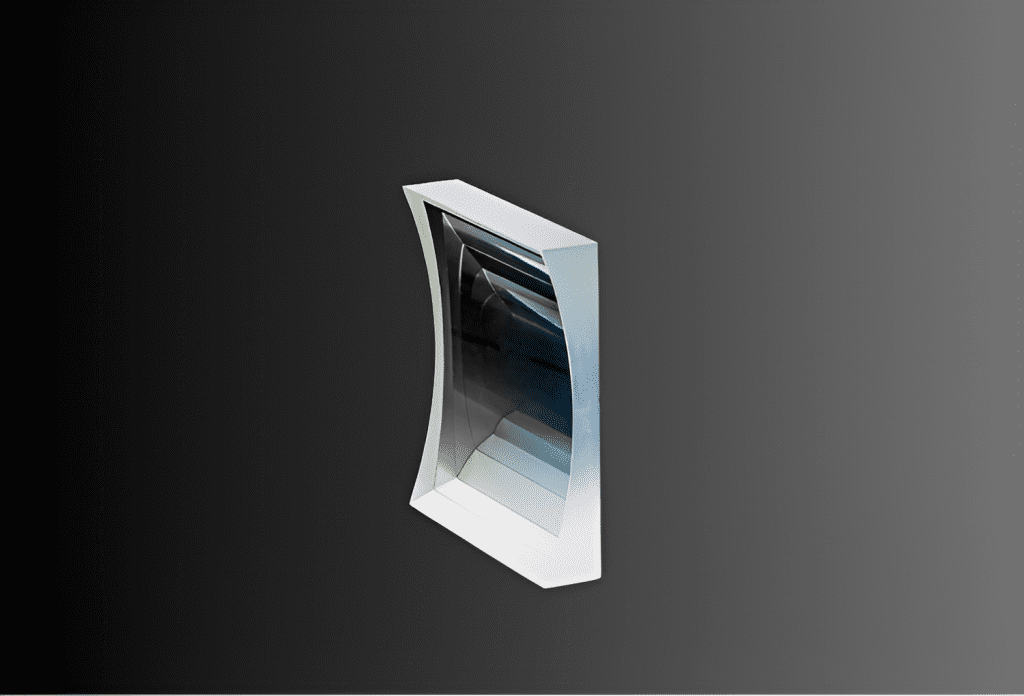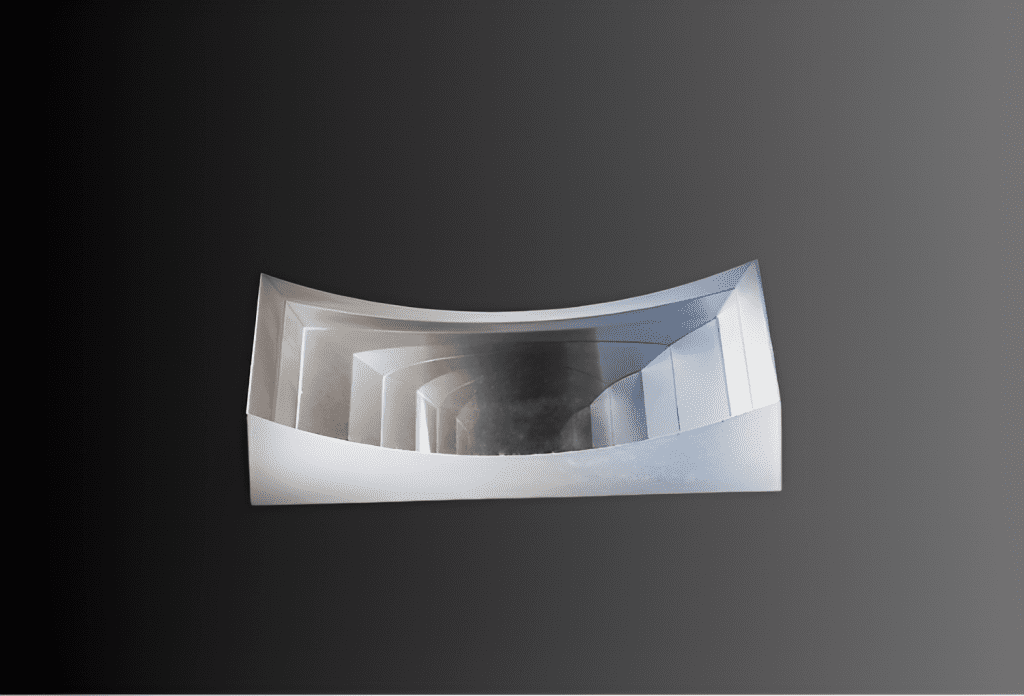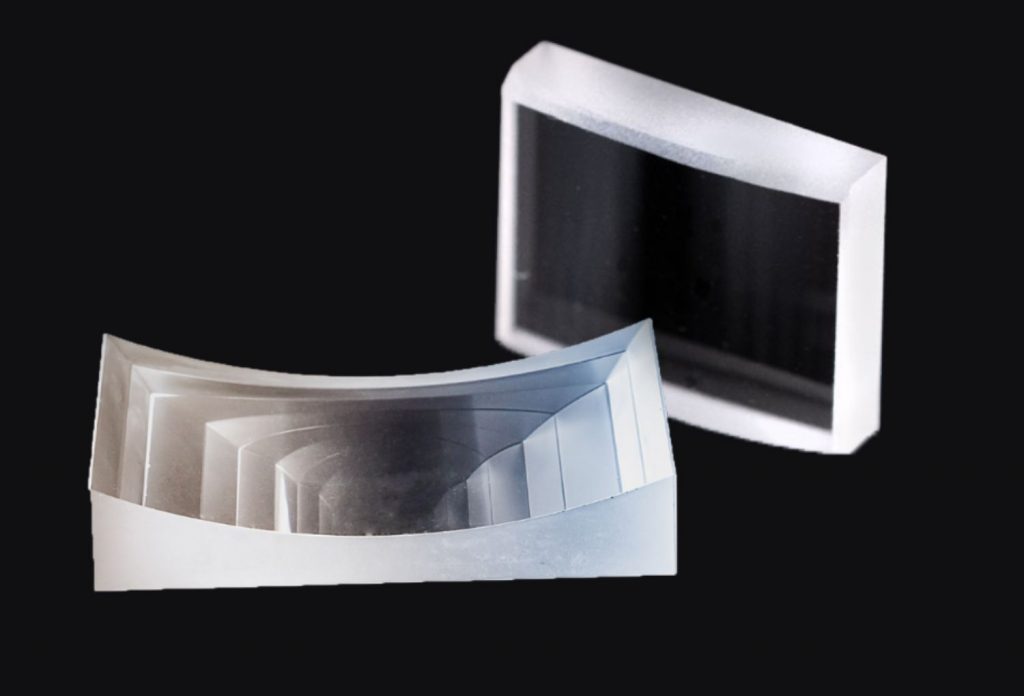Key Takeaways
- Cylindrical lenses, also known as cylinder lenses, offer unique capabilities despite being less common than convex or concave lenses. They exclusively manipulate light in one direction, crucial for precise applications.
- These lenses are essential for shaping laser beams, enabling tasks like rounding elliptical beams for improved optical performance.
- Available in various types such as singlet, doublet, and triplet lenses, cylindrical lenses provide versatility to meet specific application needs across industries.
- With material options like fused silica and optical glass, cylindrical lenses ensure optimal performance in diverse optical systems.
What Are Cylinder Lenses?
While less popular than convex or concave lenses, cylindrical lenses are just as important. This is because they perform certain functions that other lenses cannot. This article contains everything to know about cylinder lenses, from how a cylindrical lens works to what it is used for. So why do we use a cylindrical lens? Why is it called a cylindrical lens?
What Are Cylinder Lenses?
What are cylindrical lenses? Cylinder (cylindrical) lenses are lenses that have at least one part that resembles a cylinder. They are similar to spherical lenses because they both use curved surfaces to focus or spread light. However, cylindrical lenses can only focus or spread light in one direction and don’t change how light moves in the vertical direction. This can’t be done with spherical lenses because they focus or expand light in a way that is the same no matter which way you turn it.
Cylinder lenses are an important part of controlling and shaping laser beams. For example, they change the shape of laser sheets and make elliptical beams round. Due to the cylinder lens’s uneven shape and the unique needs of the manufacturing process, the wedge, center, and axial torsion must be defined and appropriately controlled.
How Cylindrical Lenses Works
Thanks to the unique shape of a cylindrical lens, light from a laser or other lighting source can be focused into a single, straight line. One-dimensional light can be either compressed or expanded using lenses, depending on the design of the lens. As with other types of lenses, cylindrical lenses bend and focus light on meeting the needs of a given application better.
Types of Cylindrical Lenses



Singlet, Doublet, and Triplet
A cylinder lens with one, two, or three lens components are called a singlet, doublet, and triplet, respectively.
Plano-Convex Lens
A plano-convex lens has one flat face and one convex cylindrical surface. This type of lens can focus the line in one direction along a single axis.
Plano-Concave Lens
A plano-concave lens has one flat face and one concave cylindrical surface. This type of lens can expand light in a single dimension.
Sphero-Cylindrical Lens
Sphero-cylindrical lenses have one sphere-like surface and one cylinder-like surface.
Biconvex or Biconcave Lens
These types of cylindrical lenses either have both sides as concave or convex. In addition, the sides can have different or symmetrical curvature radii.
Achromatic Cylinder Lens
A cylindrical achromatic lens can reduce chromatic aberration, and as such, it has the ability to focus a beam of light with more than one color in a single direction.
Material Used for Making Cylindrical Lenses
Cylindrical lenses vary from manufacturer to manufacturer, but here are some of the raw materials you would typically find in these lenses:
- Fused silica: JGS1, Corning 7980, JGS2
- Optical glass: BK7, B270, H-K9L, from Ohara, Schott, CDGM or Corning
- IR materials: MgF2, Ge, CaF2, Si
- Other materials: Optical plastics, Sapphire
Usage of Cylindrical Lenses
Correcting Astigmatism
Cylindrical lenses are commonly used in ophthalmology for the treatment of astigmatism. A corneal distortion is typically the cause of astigmatic vision. If your cornea is astigmatic, the points of focus will be off on each of the three main axes. Using a cylindrical optical lens, we can shift the focal point of one axis so that it lies over the other.
Laser Scanning Microscopy
They are commonly used in conjunction with acoustic-optic deflectors, allowing the focal point of a variable lens to move side to side without movable parts. For laser scanning microscopy, the spherical lens adjusts the image and helps to focus the light point on the appropriate plane.
Entertainment
Digital cinema cameras use cylindrical optical assembly to squeeze widescreen footage onto 35mm film. Furthermore, digital/laser projectors use the same technology to stretch the footage to be correctly displayed on a widescreen.
Laser Line Scanning
This method converts the physical form of a 3D item into a digital representation. It is especially useful in this field as well as prototyping, gardening, and building construction. This scanning method calculates the amount of distortion introduced to a straight line by a non-flat surface while using a cylindrical lens. With the help of cameras and triangulation, we can measure how the laser line shape changes and approximate the object’s shape.
Optical Spectroscopy
Cylindrical lenses are commonly used in the construction of optical spectrometers. It focuses light into a single line for a linear photodetector when placed in front of a diffractive grating element.
Laser Beam Shape Correction
A laser’s light should be a perfect circle, but semiconductor lasers have an elliptical beam profile. So, there is a need to change the shape of the beam to make it collimate and connect it to any optical fiber. This can be done by putting a cylindrical lens in front of the laser beam with its central part perpendicular to the fast axis.
Conclusion
So, what is a cylindrical lens? A cylindrical lens is a unique lens that can only focus or direct light in one direction. Therefore, it is essential for numerous fields, from ophthalmology to laser beam shape correction. You can find various cylindrical lenses that work differently to produce different results. But ultimately, cylinder lenses play an essential role in the creation of several tools.
GREAT ARTICLE!
Share this article to gain insights from your connections!




